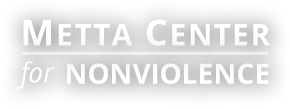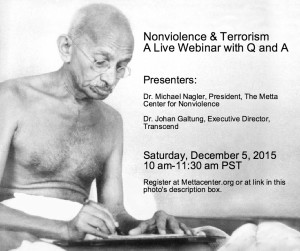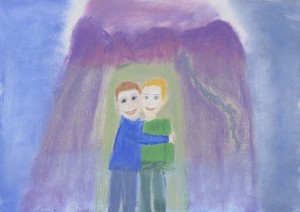Many school administrators and educators have some familiarity with bringing nonviolence strengths to education through restorative practices for school settings.
Although, quality portrayals of what school restorative practices might look like severely lack in online spaces. There are a few videos on YouTube (1, 2, 3, 4, 5, 6) and there are some very helpful websites and online resources available for introductions to restorative practices. However, depictions of what an implementation process might look like are severely limited. One example of what an implementation might look like may be found here. In addition, one might consider the table below. (more…)








 Students See the Value of Nonviolence
Students See the Value of Nonviolence Isn’t it clear yet that war is not the answer?
Isn’t it clear yet that war is not the answer?
